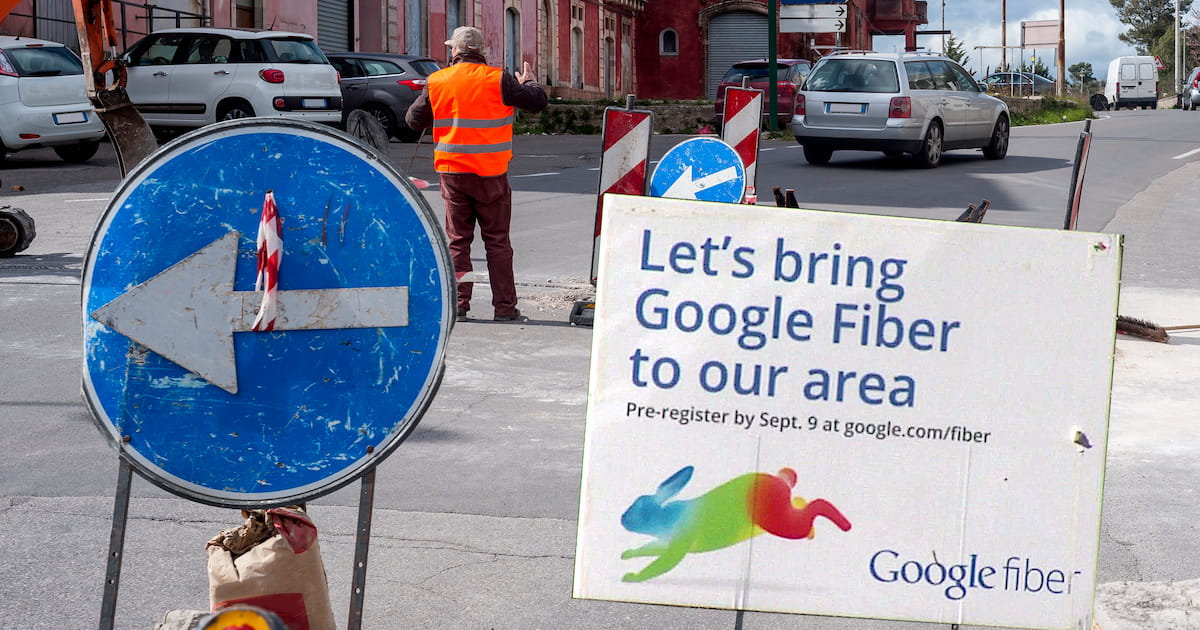Why Are America’s Mobile Data Plans So Expensive?
Dec 2, 2014 | Share
Technology
The United States is one of the wealthiest countries in the world, yet for Americans, using mobile data plans has become a drain on their wallets. The U.S. has some of the most expensive data plans in the world. For the “global power” of today, it is appalling that cities in this country have slower speeds at higher rates than European and East Asian nations.
By the Numbers
Americans are paying much higher rates than Europeans for similar plans. We languish near the bottom of global mobile Internet speeds and rates. For a 500 MB mobile data plan in the U.S. it costs around $85. In India, the United Kingdom, Germany and much of the European Union, that same plan will run around $10. In Austria, the same plan is a tiny $4.70. Countries like Botswana and Morocco are on par with the U.S., despite their infrastructure being far below American standards.
The reason for these high prices and small data plans is a result of what some experts argue is the natural result of deregulation and consolidation.
“We deregulated high-speed internet access 10 years ago and since then we’ve seen enormous consolidation and monopolies, so left to their own devices, companies that supply internet access will charge high prices, because they face neither competition nor oversight,” Susan Crawford, a former special assistant to President Barack Obama, said.
Following the Chattanooga Experience
It may seem far-fetched to believe the U.S. will increase fiber cable infrastructure to compete and ultimately overtake the archaic television cables for those copper laden futures other countries have already implemented. While television cables are solid and deliver crisp and clear picture equal to fiber optic TV, fiber has several uses and can cover long distances. This means fiber may see growth and expansion of its infrastructure so it can deliver television, Internet, and phone service. And the best infrastructure usually exists where the Internet is cheapest.
But this change must be achieved in order to continue to grow and develop as a nation and a global leader.
One pioneer that should be noted as a map for other American cities is Chattanooga, Tennessee, which recently rolled out its one gigabit fiber optic network. Residents of the city get 1,000 Megabits per second speed, or 1 gigabit, for only $70 per month. That means Chattanooga residents have the fastest speeds in the world, yet many Americans pay more for 20 times less.
“It’s really altered how we think of ourselves as a city,” Chattanooga Mayor Andy Berke said. “We’re a midsized, southern city — for us to be at the front of the technological curve rather than at the tail end is a real achievement.”
The residents of Chattanooga no longer suffered from limited choices for their Internet service because they were in control via their elected officials, of the power of their Internet. Through $100+ million stimulus grant for the city, the new fiber optic infrastructure was built. It is a wide success, with nearly 60,000 residents enjoying the ultra-fast speeds on offer nowhere else in the country.
Making it Work
Beyond Chattanooga, companies like Google and AT&T are challenging the status quo and recently rolled out their own gigabit fiber cables in a number of locations. This shows there is the beginning of a drive to move toward parity with the rest of the world.
As more Americans use mobile devices to access the Internet, service providers must do more to ensure people are getting what they deserve. If others countries offer lower rates and faster connection speeds, the U.S., with over 300 million people, can see an increase in competition that would drive prices down, increase our average connectivity speeds and maintain profits for the providers if they went in a similar direction. Americans deserve better and the time for change has never been better.
Photo Source/Flikr – Johan Larson
Author - Joseph Mayton
Joseph Mayton is a long-time journalist, having covered Middle East conflicts for a decade. He now lives in San Francisco and focuses on the intersection of technology and society.





